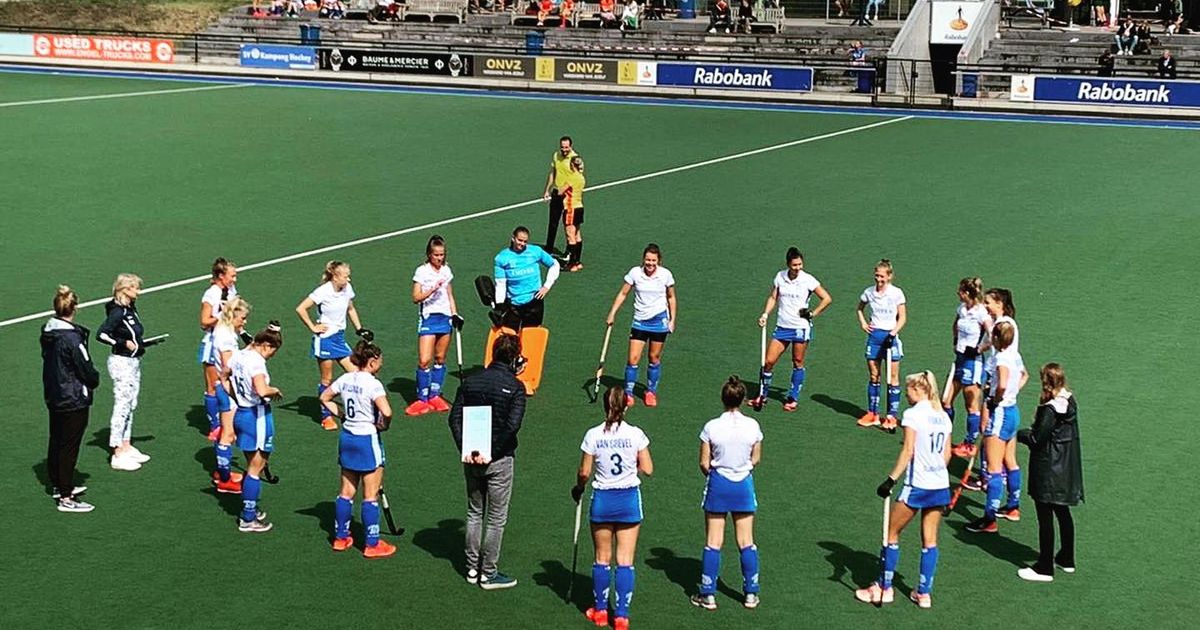Open conversations about menstrual cycle can transform team culture, reduce stigma, and improve performance for female athletes. Learn how coaches and platers can work together to create a supportive environment.
How the Menstrual Cycle Impacts Sports Performance
Optimizing sports performance for female athletes is difficult. Especially in female sports teams, each individual player is impacted by her menstrual cycle differently and need different adaptations for optimal performance, recovery and injury prevention. Where do we start to apply the menstrual cycle within the existing structures? Discover the first steps for improving sports performance across the menstrual cycle in a team setting. Starting with part one: knowing how the menstrual cycle theoretically influences female athletes.
Fluctuating hormone levels during the menstrual cycle can influence the bodies of female athletes in many different ways. So, in order to optimize their sports performance, the menstrual cycle needs to be taken into account in the way we train. Large differences in the (perceived) impact of the cycle on each individual athlete make it complicated to implement theoretical knowledge about the menstrual cycle in practice, especially in team sports. The first step is to understand what happens within the female body across the menstrual cycle and how that can influence sport performance.
The menstrual cycle is based on the development and possible fertilization of an egg cell and is paired with strong fluctuations in the blood hormone levels. These hormones play a role in the preparation of the uterus for the nestling of a fertilized egg cell and the menstrual bleeding when no fertilization happens. But the hormones, especially estrogen and progesterone, also influence many other processes within the female body.

Infographic showing the four phases of the menstrual cycle (menstrual, follicular, ovulation, luteal) and their impact on athletic performance, recovery, heart rate, and body temperature.
Author: Maartje Kuperus
Menstrual phase: Low levels of estrogen and progesterone in the first days of the cycle.
During the menstrual phase, menstrual symptoms like cramps, bloating and bleeding can form a burden for players in training or matches. And especially when bleeding is heavy, athletes in this phase might be at risk for iron deficiency resulting in worse performance
Follicular phase: Rising levels of estrogen, progesterone stays low.
The higher estrogen levels in the blood during the second phase can positively influence the recovery of muscles after exercise, making players feel less sore and recover faster. This is also the phase many high-level athletes prefer for their best performances.
Ovulation phase: Estrogen levels peak.
The estrogen peak around ovulation might be related to an increased laxity of the ligaments, which can possibly result in a higher risk of injuries like ACL rupture.
Luteal phase: High levels of both estrogen and progesterone during most of the second half of the menstrual cycle.
In the luteal phase, the higher levels of progesterone could be a disadvantage to sports performance. This phase is related to a slightly higher core body temperature (around 0.5°) and heart rate (up to 10 bpm).
What the Menstrual Cycle Looks Like in Real Data
Analysis of GPS and heart rate data collected using the Johan Sports trackers during one season of a professional female sports team forms a first step in distinguishing the menstrual cycle in real-life measurable data. The combination of average heart rate and average speed shows a cyclical pattern in some players that could be caused by the menstrual cycle. Further research including more context collected using the menstrual cycle monitoring in the Johan Sports app will allow us to better understand how the individual players are affected by their menstrual cycles and to further improve their performance.

Graph showing autocorrelation of heart rate to speed ratio across approximately 75 days in female football players, indicating a possible monthly pattern aligned with the menstrual cycle.
Author: Maartje Kuperus.
References:
Carmichael, M. A., Thomson, R. L., Moran, L. J., Wycherley, T. P., Tchounwou, B., Chiefari, E., & Casuccio, A. (2021). The Impact of Menstrual Cycle Phase on Athletes’ Performance: A Narrative Review. International Journal of Environmental Research and Public Health 2021, Vol. 18, Page 1667, 18(4), 1667.
Janse De Jonge, X. A. K. (2003). Effects of the menstrual cycle on exercise performance. Sports Medicine, 33(11), 833–851.
McNamara, A., Harris, R., & Minahan, C. (2022). ‘That time of the month’ … for the biggest event of your career! Perception of menstrual cycle on performance of Australian athletes training for the 2020 Olympic and Paralympic Games. BMJ Open Sport & Exercise Medicine, 8(2), 1300
Learn how to effectively communicate this theory in practice in Part 2

Or watch the full theory and all tips about the menstrual cycle in the Johan Sports webinar.
Author Blog: Maartje Kuperus
